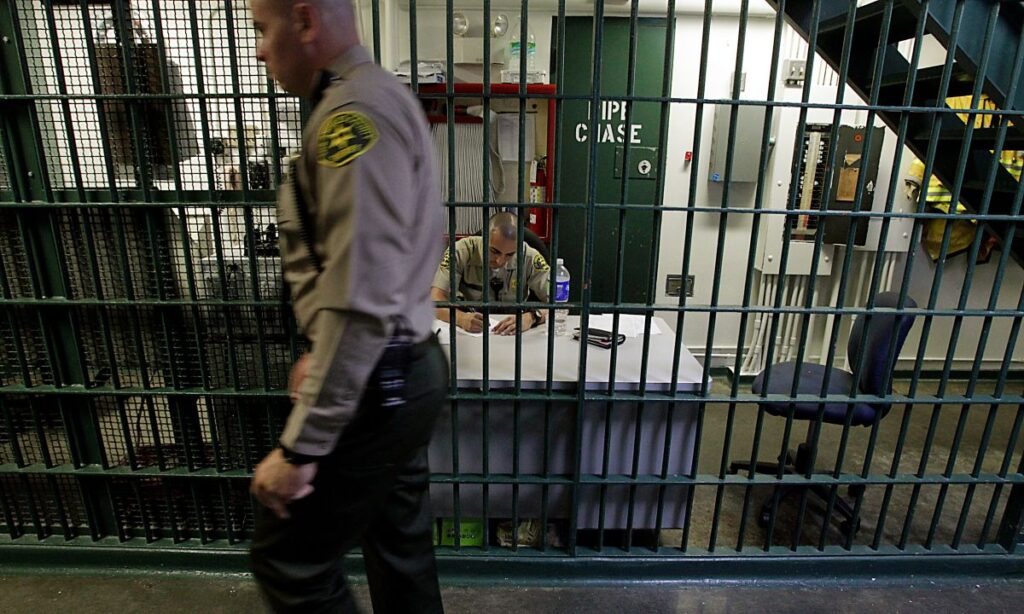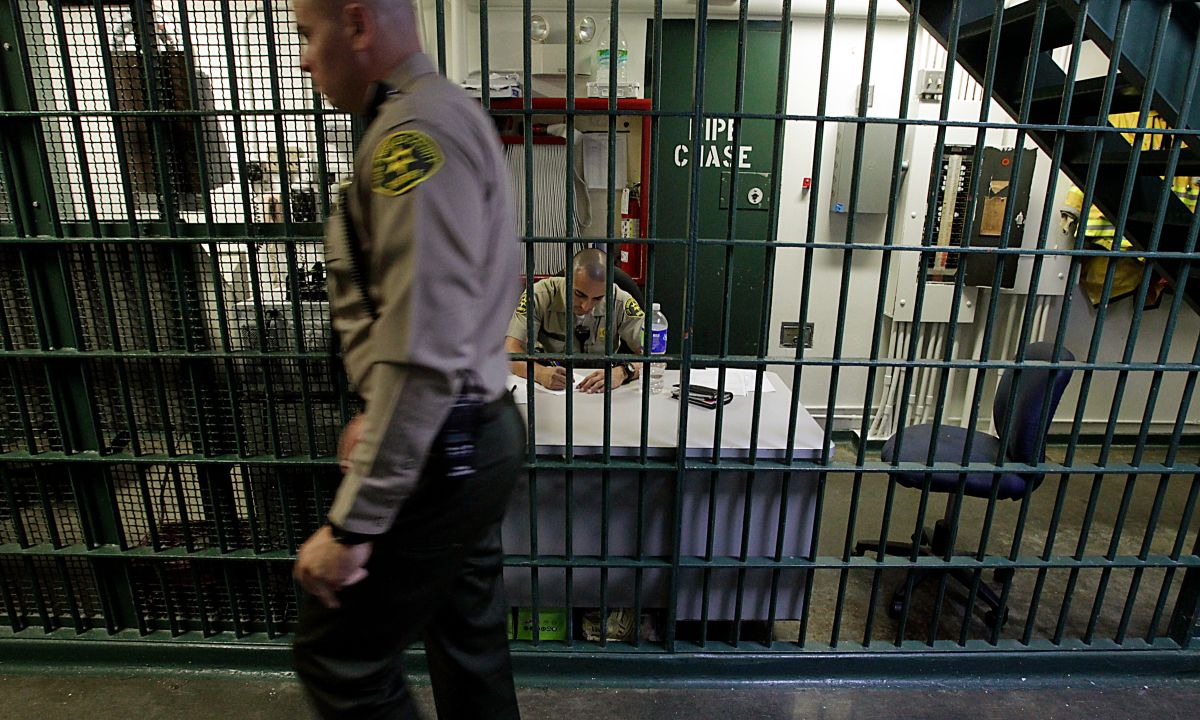
Unveiling the Worst County Jails in the US: A Deep Dive into Inhumane Conditions and Systemic Failures
The United States, despite its commitment to justice and human rights, grapples with a persistent problem: the deplorable conditions within some of its county jails. These facilities, often overlooked in broader discussions about prison reform, frequently house individuals awaiting trial, serving short sentences, or held on immigration charges. This article delves into the realities of the worst county jails in the US, examining the factors that contribute to their abysmal state and the consequences for inmates and communities alike.
Defining the “Worst”: Key Indicators of Jail Quality
Identifying the worst county jails in the US requires a multi-faceted approach. Several key indicators help paint a comprehensive picture of a facility’s quality, or lack thereof:
- Overcrowding: A common issue where the number of inmates exceeds the jail’s designed capacity, leading to strained resources and increased tensions.
- Inadequate Medical Care: Failure to provide timely and appropriate medical attention, including mental health services, is a recurring problem.
- Staffing Shortages: Insufficient numbers of correctional officers can compromise security and inmate safety.
- Unsanitary Conditions: Poor hygiene, lack of cleaning, and pest infestations contribute to the spread of disease and create an inhumane environment.
- Violence and Abuse: High rates of inmate-on-inmate violence, as well as instances of staff misconduct, are red flags.
- Lack of Programming: Absence of educational, vocational, or rehabilitative programs hinders inmates’ chances of successful reentry into society.
Spotlight on Specific Jails and Their Shortcomings
While pinpointing a definitive list of the absolute worst county jails in the US is challenging due to data limitations and varying reporting standards, several facilities have consistently drawn scrutiny and criticism. These include, but are not limited to:
Examples of Problematic Jails
- Rikers Island (New York City): Though technically a city jail, Rikers Island functions similarly to a large county jail and has a long history of violence, corruption, and inadequate medical care. It has been subject to numerous lawsuits and investigations.
- Cook County Jail (Chicago): One of the largest single-site jails in the country, Cook County Jail has faced allegations of overcrowding, gang activity, and insufficient mental health services.
- Los Angeles County Jail: Another massive jail system, the Los Angeles County Jail has been plagued by issues of excessive force, inmate abuse, and inadequate medical care.
- Fulton County Jail (Atlanta): Fulton County Jail has faced scrutiny for unsanitary conditions, overcrowding, and a high number of in-custody deaths.
These are just a few examples, and many other county jails across the nation struggle with similar issues. News reports, lawsuits, and investigations by advocacy groups often reveal the extent of these problems. [See also: Prison Reform Advocacy Groups]
Root Causes: Systemic Issues Contributing to the Problem
The appalling conditions found in many of the worst county jails in the US are not isolated incidents but rather symptoms of deeper systemic issues:
Underfunding and Resource Allocation
Many county jails operate on tight budgets, leading to understaffing, deferred maintenance, and limited access to essential services like medical care and mental health treatment. This lack of funding often stems from a lack of political will to prioritize jail reform.
Over-Criminalization and Mass Incarceration
The United States has one of the highest incarceration rates in the world, and county jails bear the brunt of this trend. Overly broad criminal laws, aggressive policing practices, and cash bail systems contribute to overcrowding and strain jail resources. The worst county jails are often located in areas with high rates of poverty and crime, further exacerbating the problem.
Lack of Oversight and Accountability
Insufficient oversight and accountability mechanisms allow problems to fester and go unaddressed. Many county jails operate with limited transparency, making it difficult for the public to hold them accountable. Independent monitoring and regular inspections are crucial for ensuring compliance with basic human rights standards. Without proper oversight, the worst county jails in the US can continue to operate with impunity.
Mental Health Crisis
County jails have become de facto mental health facilities, housing a disproportionate number of individuals with mental illnesses. Many of these individuals are arrested for minor offenses stemming from their mental health conditions. Jails are often ill-equipped to provide adequate mental health care, leading to further deterioration of inmates’ mental health. Addressing the mental health crisis is crucial for reducing the burden on county jails and improving the lives of individuals with mental illness.
The Human Cost: Impact on Inmates and Communities
The conditions in the worst county jails in the US have a devastating impact on inmates. Overcrowding, violence, and inadequate medical care can lead to physical and psychological trauma. The lack of programming and rehabilitative services hinders inmates’ chances of successful reentry into society, perpetuating a cycle of incarceration. These conditions also disproportionately affect vulnerable populations, such as people of color, low-income individuals, and those with mental illnesses. The families and communities of incarcerated individuals also suffer from the consequences of these failures.
Pathways to Reform: Potential Solutions and Strategies
Addressing the problems in the worst county jails in the US requires a comprehensive and multi-faceted approach. Several potential solutions and strategies include:
Investing in Community-Based Alternatives to Incarceration
Expanding access to mental health treatment, substance abuse services, and affordable housing can divert individuals from the criminal justice system and reduce the burden on county jails. Investing in community-based programs is a more effective and humane way to address the root causes of crime.
Reforming Bail Systems
Cash bail systems disproportionately harm low-income individuals who cannot afford to pay bail, leading to unnecessary pretrial detention. Reforming bail systems to prioritize risk assessment and release on recognizance can reduce jail populations and ensure that individuals are not incarcerated simply because they are poor.
Increasing Funding for Jails and Correctional Services
Adequate funding is essential for ensuring that county jails have the resources necessary to provide safe and humane conditions, including medical care, mental health treatment, and programming. Increased funding should be accompanied by greater oversight and accountability to ensure that resources are used effectively.
Improving Staff Training and Oversight
Comprehensive training for correctional officers is crucial for preventing abuse and misconduct. Independent oversight mechanisms are necessary for holding staff accountable and ensuring compliance with policies and procedures. [See also: Correctional Officer Training Programs]
Reducing Overcrowding
Strategies to reduce overcrowding include diverting individuals from the criminal justice system, reforming bail systems, and expanding access to community-based alternatives to incarceration. Building new jails is not a sustainable solution and often exacerbates the problem.
Promoting Transparency and Accountability
Greater transparency and accountability are essential for holding county jails accountable for their actions. Public access to data on jail conditions, inmate deaths, and staff misconduct is crucial for promoting oversight and reform.
Conclusion: A Call for Action
The conditions in the worst county jails in the US are a stain on the nation’s justice system. Addressing these problems requires a collective effort from policymakers, advocates, and the public. By investing in community-based alternatives to incarceration, reforming bail systems, increasing funding for jails and correctional services, and promoting transparency and accountability, we can create a more just and humane system for all. It is imperative that we demand better from our county jails and work towards a future where all individuals are treated with dignity and respect, regardless of their incarceration status. The existence of the worst county jails in the US is a constant reminder of the work that remains to be done. Ignoring these issues is not an option; we must act now to ensure that all individuals are treated with basic human dignity, even within the walls of a jail. The future of our communities depends on it. The reality of the worst county jails in the US is a complex issue with deep roots in systemic failures, but with concerted effort and a commitment to justice, we can create a system that is both fair and humane. We must continue to shine a light on these issues and demand change, so that the worst county jails in the US become a relic of the past.

